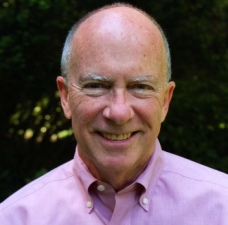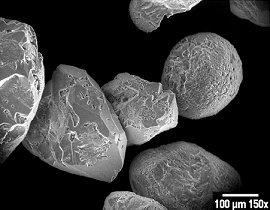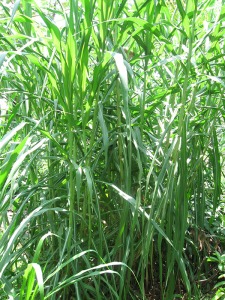Part of his statement was a new idea to me. Clearly each species differs from the next. But I had not fully absorbed the notion that every organism, if it reproduces in pairs, is different from every other individual in its species. (Single-cell organisms like bacteria that divide into identical clones are the exception.) Every individual grass plant, every fish, every pure-bred dog, every ant is as different from another of its species as two human neighbors are. And, as Mayr adds, that makes uniqueness the order of the day.
But what about diversity and uniqueness in the non-biological, inanimate world? “Nature” includes not only living things but also rocks, water, air, light and other forces and materials. They seem to be unique in their own ways. Snowflakes are famously singular. Clouds change constantly. So does the surface of the ocean. Air flows and spins. I’m pretty sure I’ve never seen two rocks that are identical. It’s a good bet that every asteroid, planet and star is different from others. Looking out over the desert, the ocean, or the skies, we always witness diversity in shape, motion, color and light if we look closely enough.
Still, Mayr seems right that the diversity of living things “impresses” us in a distinct way. Each organism succeeds at achieving that condition we call being alive, and yet it does so in a slightly different way from all the others. Moreover, that booming variety, that hedge against species failure, comes on fast and strong. New life thrusts itself at us—in the new baby, in a puppy, among the trees springing up in corners of the yard, in the horde of ants and bees and birds of summer. In Origin of Species, Darwin wrote, “There is no exception to the rule that every organic being naturally increases at so high a rate, that if not destroyed, the earth would soon be covered by the progeny of a single pair.”
Diversity multiplied by fertility.
This article first appeared at 3.8 Billion Years.
Editor’s note: I was not aware of the closing quote from Darwin. What a cool find, thanks Brock! To think that Old Chuck was thinking of that concept over 150 years ago! We’ve mentioned it here on HP. Just read down to the “Mantis-Nova” part in this post. https://humanisticpaganism.com/2014/09/12/starstuff-contemplating-death-is-life-by-jon-cleland-host/
The author
Brock Haussamen
I live in New Jersey and taught English at a community college for nearly four decades. I am married and have a daughter, a grandson, and step-children here in the state.
 I retired from teaching in 2006 in part to move on from teaching and partly to try to help reduce poverty locally and through global advocacy. For the past few years, I’ve served as a financial coach for low-income families.
I retired from teaching in 2006 in part to move on from teaching and partly to try to help reduce poverty locally and through global advocacy. For the past few years, I’ve served as a financial coach for low-income families.
I’ve also been thinking about the questions that catch up with most of us sooner or later: What is my purpose? How will I face death? What do I believe in? I’ve always liked and trusted the descriptions from science of how living things work and how we all evolved. But I could not put those descriptions together with my questions. Gradually, I’ve been coming to see how the history of life over 3.8 billion years stands inside and throughout my being and the being of others.
In my blog at threepointeightbillionyears.com, I’ve been exploring the variety of ways in which our experience is anchored not just in our evolution from primates but in the much longer lifespan of life itself.
 Naturalistic Paganism
Naturalistic Paganism



How different in the digital realm! (Maybe that’s because in our lifetimes we’ve seen the basic building blocks of digital?)
re that last quote from Darwin: The Universe Story (Brian Swimme and Thomas Berry) p.54 – “the desires of a single pair of aphids, if satisfied, would destroy the Earth …”. I often quote that. Also in the Universe Story, Swimme and Berry develop three qualities of Cosmogenesis (p.71-79), of which differentiation/diversity is just one. The other two are communion and autopoiesis/subjectivity.
Pingback: Happy Spring Equitherm! - ElfDirect.com